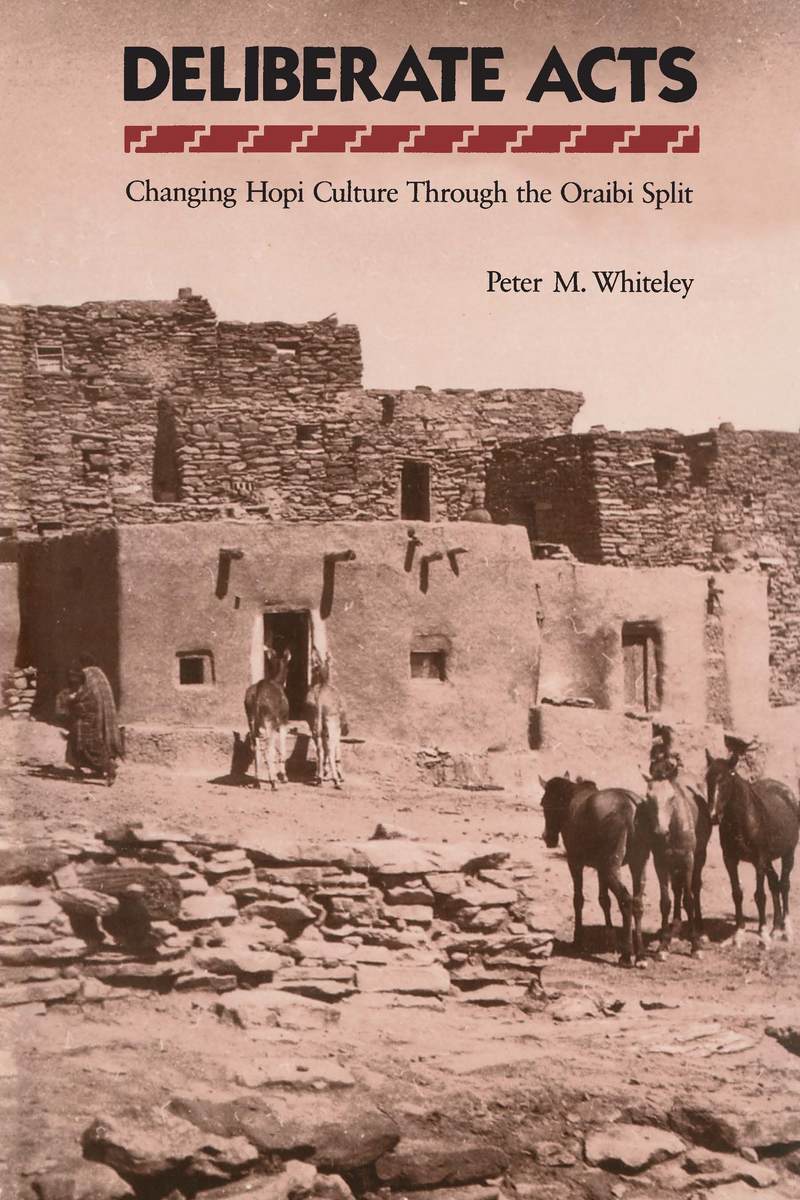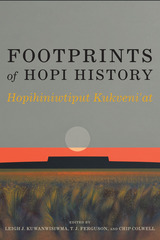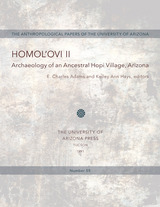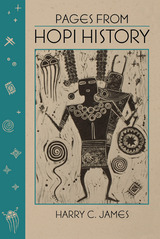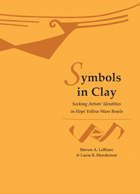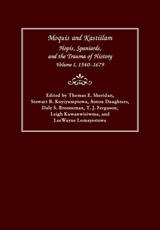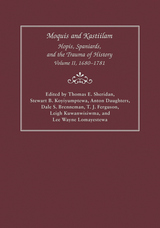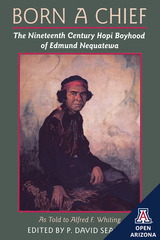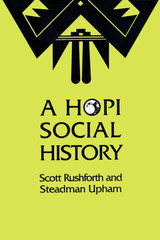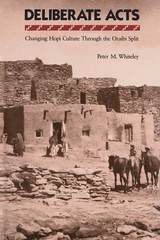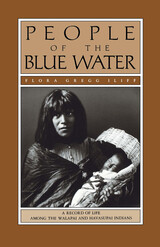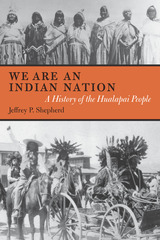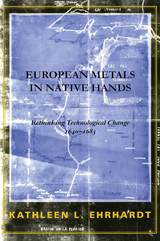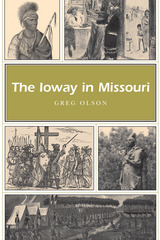Deliberate Acts: Changing Hopi Culture Through the Oraibi Split
University of Arizona Press, 1988
eISBN: 978-0-8165-3787-7 | Cloth: 978-0-8165-1037-5
Library of Congress Classification E99.H7W47 1988
Dewey Decimal Classification 979.100497
eISBN: 978-0-8165-3787-7 | Cloth: 978-0-8165-1037-5
Library of Congress Classification E99.H7W47 1988
Dewey Decimal Classification 979.100497
ABOUT THIS BOOK | AUTHOR BIOGRAPHY | REVIEWS | TOC
ABOUT THIS BOOK
In the Oraibi split of 1906, “traditional” Hopis separated themselves from “progressives” and established the new settlement of Hotevilla in what has been accepted as a response to changing tribal politics. Following the split, some returned to Oraibi but eventually left to establish another new settlement at Bacavi.
Drawing on oral accounts from Hopi consultants and on contemporary documents, Peter M. Whiteley argues that the split was in fact the result of a conspiracy among Hopi politico-religious leaders from both the “hostile” and “friendly” factions, a revolution to overturn the allegedly corrupt Oraibi religious order. A crucial element of Whiteley’s thesis is that, contrary to established theory, Hopi society was not egalitarian but was controlled by a ruling elite, the pavansinom, who clandestinely planned such events as the destruction of Awatovi because of its reacceptance of Franciscan priests.
Through an analysis of Bacavi social structure, Whiteley demonstrates how one fragment of a well-established society went about creating a new social order after the old one drastically fragmented. His detailed portrait of the history and social organization of a Hopi village represents an unusually rich resource for students of Hopi culture and history.
Drawing on oral accounts from Hopi consultants and on contemporary documents, Peter M. Whiteley argues that the split was in fact the result of a conspiracy among Hopi politico-religious leaders from both the “hostile” and “friendly” factions, a revolution to overturn the allegedly corrupt Oraibi religious order. A crucial element of Whiteley’s thesis is that, contrary to established theory, Hopi society was not egalitarian but was controlled by a ruling elite, the pavansinom, who clandestinely planned such events as the destruction of Awatovi because of its reacceptance of Franciscan priests.
Through an analysis of Bacavi social structure, Whiteley demonstrates how one fragment of a well-established society went about creating a new social order after the old one drastically fragmented. His detailed portrait of the history and social organization of a Hopi village represents an unusually rich resource for students of Hopi culture and history.
See other books on: Anthropology | Cultural & Social | Hopi Indians | Politics and government | Whiteley, Peter M.
See other titles from University of Arizona Press
